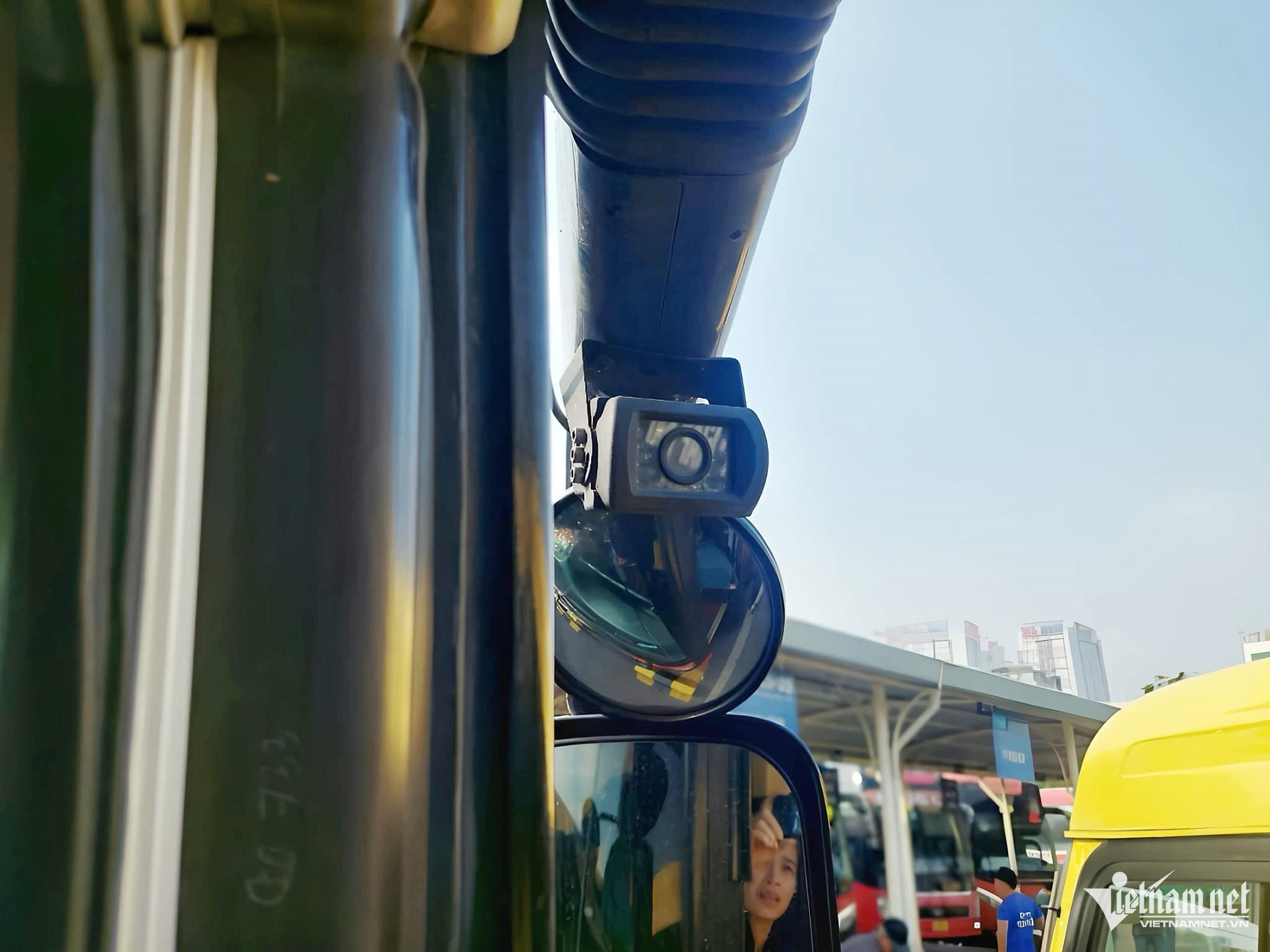
The government has issued Decree No. 151/2024/ND-CP, which specifies the requirements for these vehicles. The decree takes effect on January 1, 2025.
The decree requires the installation of journey monitoring devices on the following vehicle types:
Passenger vehicles with more than eight seats (excluding the driver) used for transport businesses.
Semi-trailer trucks.
Ambulances.
Road rescue vehicles.
These vehicles must be equipped with devices that record images of drivers and meet technical requirements set by the National Technical Standards for Journey Monitoring Devices and Driver Image Recording Equipment.
The data collected by these devices will be connected and shared with the Ministry of Transport (Vietnam Road Administration), provincial Departments of Transport, and other relevant agencies as stipulated by law.
The management, transmission, provision, updating, storage, and usage of data from these devices will comply with regulations on the operation of journey monitoring and driver image recording systems.
The use of journey monitoring devices has proven effective in reducing traffic accidents and speeding violations. For example, in 2015, the average rate of speed violations was 11.5 incidents per 1,000 km, which dropped to 0.75 incidents per 1,000 km by 2022 - a 15-fold decrease.
Khuong Kim Tao, former Deputy Chief of the National Traffic Safety Office, supports the requirement for ambulances to install journey monitoring devices.
“In practice, private ambulance services have long operated without clear regulations on pricing or service conditions. Instances of unauthorized ambulances charging exorbitant fees have been widely reported,” Tao said.
For example, in August 2022, a case in Ca Mau caused public outrage when a family had to pay 16 million VND for an ambulance ride from Ca Mau to Ho Chi Minh City. Despite the high cost, the child being transported did not survive. With no funds left, the grieving father had to carry his child’s body home in a styrofoam box.
Tao believes that requiring ambulances to install monitoring devices and driver image recorders is a vital step to ensure transparency in patient transport services. “Such regulations are essential for stricter oversight, improving safety for both patients and traffic,” he said.
The decree also mandates journey monitoring devices for semi-trailer trucks. A traffic expert welcomed this measure, stating, “Although it’s late, it’s better than never.”
Given the numerous serious accidents involving semi-trailer trucks, the installation of monitoring devices connected to management agencies is necessary. It helps both businesses and drivers become more aware of traffic regulations.
However, the expert stressed the importance of complementing the devices with system upgrades and inter-agency coordination. “Authorities, including the Traffic Police and data management agencies, must ensure timely analysis and response. Delays in publishing violation data, as seen in the past, limit the effectiveness of these devices,” the expert concluded.
N. Huyen